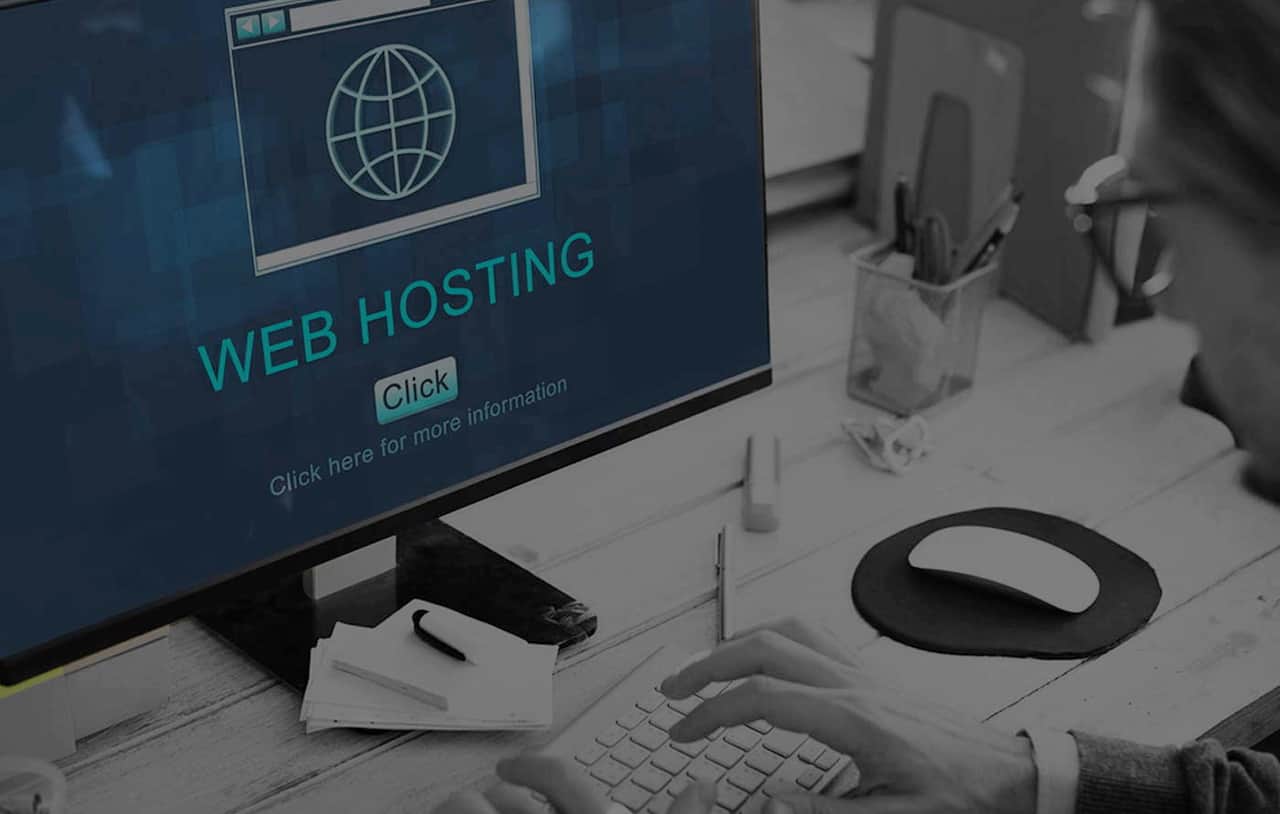Is your WordPress website feeling a bit sluggish? A slow website can frustrate visitors and drive them away before they even see what you have to offer. A fast WordPress hosting service keeps your visitors engaged, reduces bounce rates, and enhances the overall user experience for your site. Moreover, search engines like Google favor faster websites, which can boost your search engine rankings. Let’s dive into 7 effective tips to speed up your site.

Tip 1: Optimize Images
Images make your website look great, but large images can slow it down. To keep your site fast, it’s important to optimize your images. There are various image compression tools that you can use, such as TinyPNG or JPEG Optimizer to reduce your file size without compromising quality.
Also, choose the right file format: JPEG for photos, PNG for images with transparent backgrounds, and WebP for a balance of size and quality. Additionally, consider lazy loading images so they only load when they come into view, which speeds up the initial page load.
Tip 2: Use a Caching Plugin
Caching is a great way to speed up your site. When a visitor loads your site, the caching plugin saves a static version of your pages. This way, your server doesn’t have to work as hard the next time someone visits. Popular caching plugins like W3 Total Cache and WP Super Cache are easy to use. Once installed, these plugins can significantly improve your site’s load time by reducing the need to process PHP scripts and database queries for every page load.
Tip 3: Minimize HTTP Requests
Every element on your webpage—images, scripts, and stylesheets—requires an HTTP request. The more requests your site makes, the slower it will be. To minimize HTTP requests, you can combine CSS and JavaScript files. This reduces the number of files your site has to load. Also, reduce the number of plugins you use and choose lightweight themes. Fewer plugins and a simpler theme mean fewer requests, leading to faster load times, which ultimately speed up your site.
Tip 4: Enable GZIP Compression
GZIP compression is also one of the website speed optimization techniques, which decreases the size of your files before they’re sent to the browser, making your site load faster.
Think of it as zipping a file to make it smaller. Most browsers support GZIP, and enabling it on your server is simple. You can do this via your .htaccess file or by using a plugin. Once enabled, your site’s files are compressed and sent faster, improving load times.
Tip 5: Optimize Your Database
A clean database keeps your website running smoothly. Over time, your database can get cluttered with unnecessary data like post revisions, spam comments, and trashed items. Optimizing your database removes this clutter to speed up your site. Plugins like WP-Optimize and WP-Sweep make it easy to clean and optimize your database. Regular maintenance ensures your database stays in top shape, contributing to a faster website. While improving site speed is crucial, implementing security measures like WP Captcha can protect your WordPress site from unauthorized access while maintaining high performance.
Tip 6: Use a Content Delivery Network
A Content Delivery Network (CDN) is a network of servers located worldwide. When you use a CDN, your website’s static files (like images, CSS, and JavaScript) are stored on these servers. When users/visitors access your website, the files are delivered from the server nearest to them, which speeds up load times. Popular CDN services like Cloudflare and KeyCDN can be easily integrated with WordPress. By distributing your content globally, a CDN ensures faster access for visitors, no matter where they are.
Tip 7: Choose a Fast and Reliable Hosting Provider
Selecting a fast and reliable hosting provider is also one of the WordPress speed optimization tips. The hosting providers plays a significant role in website’s speed. A slow server can make even the best-optimized site lag. Look for a hosting provider known for fast performance and excellent uptime. Features to look for include SSD storage, a good uptime guarantee, and strong customer support. Investing in quality hosting can make a significant difference in your site’s speed and reliability.

Conclusion
Speeding up your WordPress website doesn’t have to be complicated. By following these seven tips—optimizing images, using a caching plugin, minimizing HTTP requests, enabling GZIP compression, optimizing your database, using a CDN, and choosing a fast hosting provider—you can speed up your site and improve its performance. A faster website means happier visitors, better SEO rankings, and more success for your online presence. Start implementing these practical tips today and watch your website transform!
